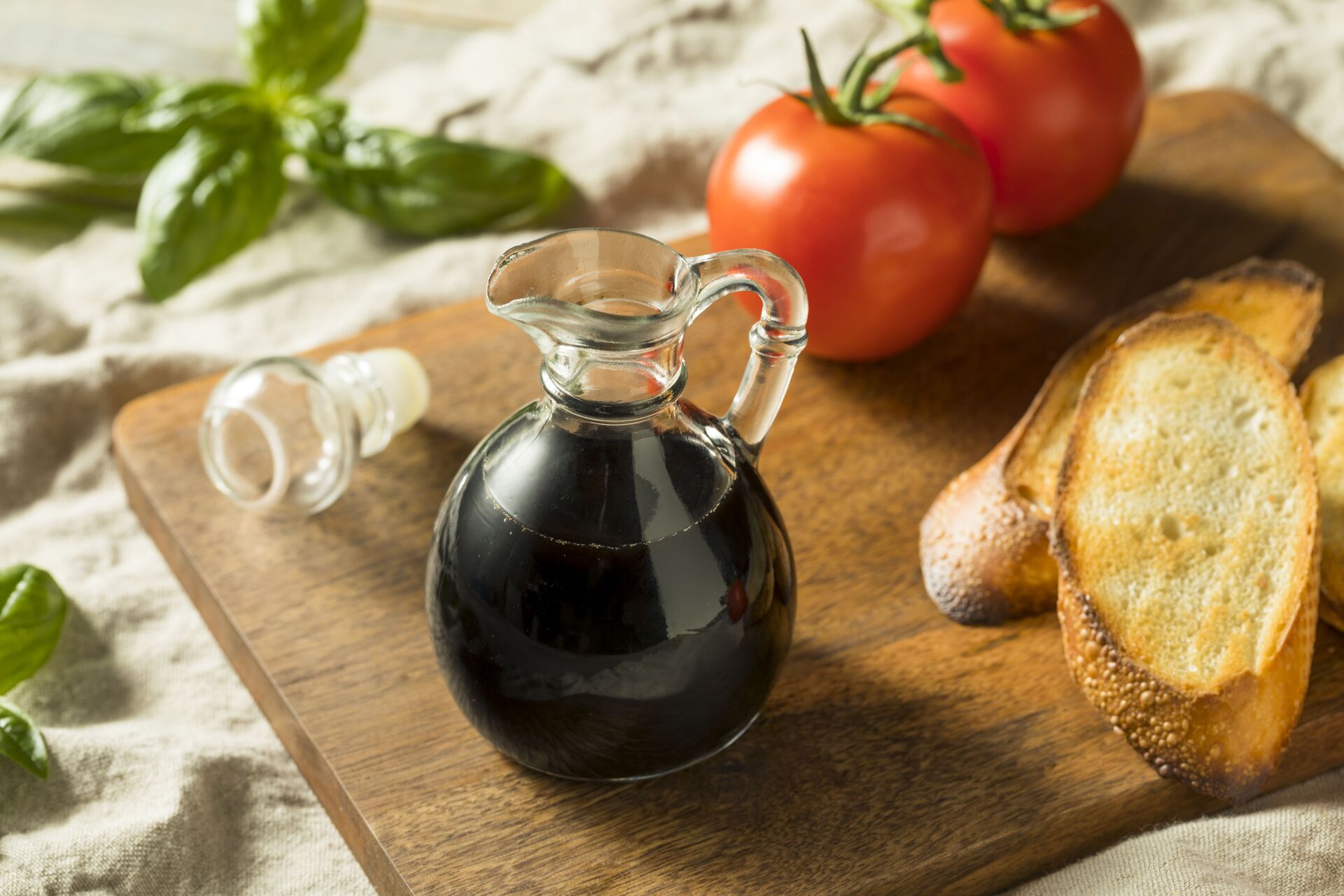

Articles
How To Store Balsamic Glaze
Modified: May 6, 2024
Learn how to store balsamic glaze properly to maintain its flavor and shelf life. Get expert advice and tips in our informative articles.
(Many of the links in this article redirect to a specific reviewed product. Your purchase of these products through affiliate links helps to generate commission for Storables.com, at no extra cost. Learn more)
Introduction
Balsamic glaze is a delicious condiment that adds a unique burst of flavor to various dishes. Made from concentrated and cooked balsamic vinegar, it has a rich, sweet, and tangy taste that can enhance both savory and sweet recipes. Whether you use it as a drizzle over salads, a glaze for meats, or a topping for desserts, proper storage is essential to maintain its quality and freshness.
In this article, we will delve into the world of balsamic glaze storage and discover the best techniques to ensure its longevity. From pantry storage to refrigerator and freezer methods, we will explore the ideal conditions for preserving this delectable condiment. So, let’s dive in and learn how to store balsamic glaze properly!
Key Takeaways:
- Proper storage of balsamic glaze is essential to preserve its rich flavor, prevent spoilage, and maintain its luscious texture. Follow recommended techniques to ensure its longevity and elevate your culinary creations.
- Whether stored in the pantry, refrigerator, or freezer, balsamic glaze can last for an extended period when sealed, protected from heat and light, and monitored for signs of spoilage. Enjoy its delectable flavor with confidence and creativity.
Read more: How To Store Balsamic Glaze After Opening
What is Balsamic Glaze?
Balsamic glaze is a versatile and flavorful condiment that is derived from balsamic vinegar. It is created through a process of gently simmering and reducing the vinegar until it reaches a thick, syrupy consistency. This reduction intensifies the flavors and enhances the natural sweetness of the balsamic vinegar.
The resulting glaze has a rich and complex taste profile with a perfect balance of sweet and tangy flavors. It has a deep brown color and a smooth, velvety texture. Balsamic glaze offers a unique combination of acidity and sweetness, making it a popular choice for enhancing the flavors of various dishes.
Traditionally, balsamic glaze was used in Italian cuisine as a drizzle over meats, cheeses, fruits, and desserts. However, its versatility has extended its culinary applications, making it a staple in modern kitchens around the world.
Balsamic glaze can be used in a myriad of ways. It serves as an excellent topping for salads, providing a burst of flavor and a touch of elegance. It can be brushed on grilled meats and vegetables, creating a caramelized crust and adding depth to the dish. Additionally, it can be drizzled over roasted vegetables or used as a dip for bread, adding a gourmet touch to simple meals.
The beauty of balsamic glaze lies in its ability to transform ordinary dishes into extraordinary culinary creations. Its unique flavor profile, versatility, and ability to pair well with a wide range of ingredients make it a pantry staple for both professional chefs and home cooks.
Why is Proper Storage Important?
Proper storage of balsamic glaze is crucial to maintain its quality, flavor, and texture over time. While balsamic glaze has a long shelf life, it is still susceptible to degradation if not stored correctly. Here are a few reasons why proper storage is important:
- Preserving Taste and Flavor: Balsamic glaze is known for its distinct sweet and tangy taste. Improper storage can lead to flavor deterioration, diminishing its unique qualities. By storing it properly, you can ensure that the glaze retains its rich flavor profile, allowing you to enjoy its delectable taste.
- Preventing Spoilage: Balsamic glaze, like other food products, has the potential to spoil. Proper storage helps to minimize the risk of spoilage by creating an environment that inhibits the growth of bacteria, mold, and other microorganisms that could contaminate the glaze.
- Maintaining Texture: Balsamic glaze has a thick and syrupy consistency that adds a lusciousness to dishes. Incorrect storage conditions can cause the glaze to become watery or develop crystallization, altering its texture. By storing it properly, you can ensure that the glaze maintains its desirable consistency for a longer period.
- Extending Shelf Life: Proper storage techniques can help extend the shelf life of balsamic glaze. This allows you to enjoy it for a longer time without worrying about it losing its flavor or becoming spoiled. By following the recommended storage methods, you can maximize the lifespan of your balsamic glaze.
By paying attention to how you store your balsamic glaze, you can preserve its taste, prevent spoilage, maintain its texture, and extend its shelf life. These factors are essential for ensuring that your glaze remains fresh, flavorful, and ready to elevate your dishes to new culinary heights.
Tips for Storing Balsamic Glaze
To ensure the longevity and quality of your balsamic glaze, here are some essential tips for storing it:
- Keep it Sealed: Whether you store your balsamic glaze in a bottle, jar, or any other container, make sure it is tightly sealed to prevent air from entering. Exposure to air can lead to oxidation, which can affect the taste and color of the glaze.
- Store in a Cool, Dark Place: Balsamic glaze is sensitive to light and heat, which can cause it to degrade. Find a cool and dark pantry or cupboard away from direct sunlight and heat sources to store your glaze. This will help maintain its quality and flavor.
- Avoid Temperature Fluctuations: Fluctuating temperatures can affect the consistency and taste of balsamic glaze. Avoid storing the glaze near appliances that emit heat or in places where temperatures vary significantly, such as near the stovetop or oven.
- Use an Airtight Container: If you transfer the glaze to a different container after opening, make sure it is airtight. Airtight containers prevent moisture and contaminants from entering, preserving the glaze’s freshness and preventing spoilage.
- Keep Away from Strong Odors: Balsamic glaze can absorb strong odors from nearby foods. Store it away from pungent ingredients like onions and garlic to prevent unwanted flavors from infiltrating the glaze.
- Avoid Refrigerator Door Storage: While it may be tempting to store your balsamic glaze in the refrigerator door for easy access, this is not recommended. The constant opening and closing of the door can expose the glaze to temperature fluctuations and compromise its quality. Store it in a more stable area of the refrigerator, such as the main compartment or a designated condiment shelf.
Following these storage tips will help maintain the quality, taste, and texture of your balsamic glaze, ensuring that it remains ready for you to enjoy in its full glory whenever you need it.
Method 1: Pantry Storage
Pantry storage is a popular method for storing balsamic glaze, especially if you use it frequently and want to keep it easily accessible. Here are the steps to properly store balsamic glaze in your pantry:
- Select a Suitable Container: Choose an airtight container that is appropriate for storing the glaze. Glass or food-grade plastic containers with a tight-fitting lid are ideal for preserving the flavor and preventing contamination.
- Transfer the Glaze: If your balsamic glaze comes in a bottle or another type of packaging that is not optimal for long-term storage, transfer it to the selected container. Pour the glaze carefully, ensuring not to spill or expose it to air for an extended period.
- Label and Date: It is crucial to label the container with the contents and the date of transfer. This will help you keep track of its freshness and ensure that you use it within a reasonable timeframe.
- Find a Cool and Dark Spot: Locate a cool and dark area in your pantry or cupboard to store the glaze. Avoid places that are exposed to direct sunlight or heat sources, as these can negatively affect the quality of the glaze.
- Keep Away from Strong Odors: Balsamic glaze is sensitive to absorbing odors from other foods. Store it away from pungent ingredients or strong-smelling items in your pantry to prevent any unwanted flavors from transferring to the glaze.
- Check the Seal: Ensure that the container is tightly sealed to prevent air from entering. This will help maintain the glaze’s flavor and prevent oxidation or spoilage.
By storing your balsamic glaze in a cool, dark pantry and following these steps, you can keep it fresh, flavorful, and ready to use whenever you need to add a burst of deliciousness to your culinary creations.
Store balsamic glaze in a cool, dark place, away from direct sunlight and heat. Once opened, keep it tightly sealed in the refrigerator to maintain its quality and prevent spoilage.
Read more: How To Store Balsamic Vinegar
Method 2: Refrigerator Storage
If you prefer to store your balsamic glaze in the refrigerator, this method can help prolong its shelf life and maintain its quality. Follow these steps to store balsamic glaze in the refrigerator:
- Ensure Proper Packaging: If your balsamic glaze comes in a bottle with a tight cap or lid, you can store it as is. However, if it is in a container that is not suitable for refrigeration, consider transferring it to a glass or food-grade plastic container with an airtight lid.
- Label the Container: Label the container with the contents and the date of transfer. This will help you keep track of its freshness and ensure that you use it within a reasonable timeframe.
- Choose Ideal Placement: Find an appropriate spot in your refrigerator to store the balsamic glaze. It is best to place it in the main compartment or in a designated condiment shelf, away from areas that experience temperature fluctuations such as the refrigerator door.
- Keep Away from Strong Odors: Balsamic glaze can absorb strong odors from other foods in the refrigerator. Store it away from pungent ingredients like onions, garlic, or any strongly scented items to avoid flavor contamination.
- Check the Seal: Make sure that the container is tightly sealed to prevent air from entering. This will help maintain the glaze’s flavor and prevent any moisture or odors from affecting its quality.
- Monitor for Freezing: In colder refrigerator temperatures, balsamic glaze can sometimes thicken or partially freeze. Check the consistency of the glaze occasionally and allow it to come to room temperature before using if needed.
By storing your balsamic glaze in the refrigerator using these steps, you can prolong its shelf life and maintain its taste and texture over a more extended period.
Method 3: Freezer Storage
Freezer storage is an excellent option if you want to extend the shelf life of your balsamic glaze for an extended period. Follow these steps to properly store balsamic glaze in the freezer:
- Select a Suitable Container: Choose a freezer-safe container or freezer bags for storing the balsamic glaze. Ensure that the container is airtight to prevent freezer burn and maintain the quality of the glaze.
- Transfer the Glaze: Pour the balsamic glaze into the selected container, leaving some space at the top to allow for expansion when freezing. If using freezer bags, carefully pour the glaze and seal them, removing as much air as possible.
- Label the Container: Label the container or freezer bag with the contents and date of freezing. This will help you keep track of its freshness and ensure that you use it within a reasonable timeframe.
- Place in the Freezer: Find a suitable spot in your freezer to store the balsamic glaze. Ideally, place it in a section where the temperature remains consistent, such as the back of the freezer or a designated freezer shelf.
- Thawing the Glaze: When you need to use the frozen balsamic glaze, remove it from the freezer and allow it to thaw in the refrigerator for a few hours or overnight. Ensure that the container remains tightly sealed during the thawing process.
- Use Within a Reasonable Time: Once thawed, use the balsamic glaze within a reasonable timeframe. It is not recommended to refreeze the glaze after it has been thawed.
By following these steps to freeze balsamic glaze, you can extend its shelf life for several months while preserving the quality and flavor. This method is especially useful if you have a surplus of glaze that you don’t plan to use in the immediate future.
How Long Can Balsamic Glaze be Stored?
The shelf life of balsamic glaze primarily depends on how it is stored. When stored properly, balsamic glaze can last for a considerable period. Here are some general guidelines on how long you can store balsamic glaze:
- Pantry Storage: If stored in a cool, dark pantry, unopened balsamic glaze can last for up to one year. Once opened, it is recommended to use it within 6-12 months for optimal flavor.
- Refrigerator Storage: When stored in the refrigerator, unopened balsamic glaze can last for up to two years. The glaze may thicken slightly when refrigerated, but it will return to its normal consistency once brought to room temperature. Once opened, use it within 12 months for the best quality.
- Freezer Storage: Frozen balsamic glaze can retain its quality for an extended period. When stored in the freezer, it can last for up to one year without significant degradation in flavor or texture.
It’s important to note that these are general guidelines, and the shelf life may vary depending on the brand, quality, and storage conditions of the balsamic glaze. Always check the expiration date or best-by date on the packaging, and use your judgment to assess the quality and freshness of the glaze before consuming it.
Remember, proper storage techniques, such as keeping the glaze sealed, protecting it from heat and light, and avoiding contamination, are crucial for maintaining its shelf life. Storing balsamic glaze in optimal conditions will help ensure that it remains flavorful and safe to consume for an extended period.
Signs of Spoilage
While balsamic glaze has a relatively long shelf life when stored properly, it is important to be aware of signs that indicate spoilage. Here are some common signs to look out for:
- Off Odor: If the balsamic glaze has a foul or rancid smell, it is likely spoiled. Trust your sense of smell and if something seems off, it’s best to err on the side of caution and discard the glaze.
- Appearance Changes: Inspect the glaze for any mold growth, discoloration, or changes in texture. If you notice any visible signs of spoilage, such as a fuzzy or slimy texture, it is advisable to discard the glaze.
- Abnormal Taste: Balsamic glaze should have a pleasant, sweet, and tangy taste. If you notice any bitterness, sourness, or a significant change in flavor, it could be an indication of spoilage.
- Excessive Thinning or Separation: If the glaze becomes excessively watery or separates into layers, it may have deteriorated. While some separation is normal, significant thinning or layering could be a sign of spoilage.
- Expired Date: Always check the expiration or best-by date on the packaging. If the glaze has exceeded its recommended date, it is advisable to discard it, even if there are no visible signs of spoilage.
It is important to exercise caution and use your judgment when consuming balsamic glaze. If you suspect that the glaze has spoiled, it is best to err on the side of caution and discard it to avoid any illness or unpleasant experiences.
Remember, by practicing proper storage techniques and regularly monitoring the glaze for signs of spoilage, you can ensure that you are consuming balsamic glaze that is fresh, safe, and full of flavor.
Read more: How To Store Glazed Donuts
Conclusion
Balsamic glaze is a versatile and flavorful condiment that can elevate the taste of numerous dishes. By storing it properly, you can ensure that it maintains its quality, flavor, and texture for an extended period. Whether you choose pantry storage, refrigerator storage, or freezer storage, following the recommended techniques will help preserve the glaze and enhance its longevity.
Proper storage involves keeping the glaze sealed in an airtight container, storing it in a cool and dark place, and protecting it from strong odors. Pantry storage is convenient for easy access, while refrigerator storage helps prolong its shelf life. Freezer storage is an excellent option for long-term preservation, allowing you to enjoy the glaze whenever you need it.
It is important to be aware of signs of spoilage, such as off odors, appearance changes, abnormal taste, excessive thinning, and expired date. If you notice any of these signs, it is best to discard the glaze to avoid any health risks.
In conclusion, by implementing proper storage techniques and being mindful of signs of spoilage, you can make the most out of your balsamic glaze. Whether you’re adding it to salads, using it as a glaze for meats, or drizzling it over desserts, you can enjoy its delectable flavor knowing that it has been stored correctly.
So, take care of your balsamic glaze, savor its incredible taste, and let it elevate your culinary creations to new heights of deliciousness!
Now that you've got the scoop on keeping balsamic glaze fresh, why not spruce up your space for those culinary creations? Keeping a neat kitchen isn't just for looks; it ensures you find what’s needed, right when you need it. Dive into our latest article on kitchen storage that maximizes space and minimizes clutter in your cooking haven. You'll discover creative, practical ideas perfect for any home.
Frequently Asked Questions about How To Store Balsamic Glaze
Was this page helpful?
At Storables.com, we guarantee accurate and reliable information. Our content, validated by Expert Board Contributors, is crafted following stringent Editorial Policies. We're committed to providing you with well-researched, expert-backed insights for all your informational needs.
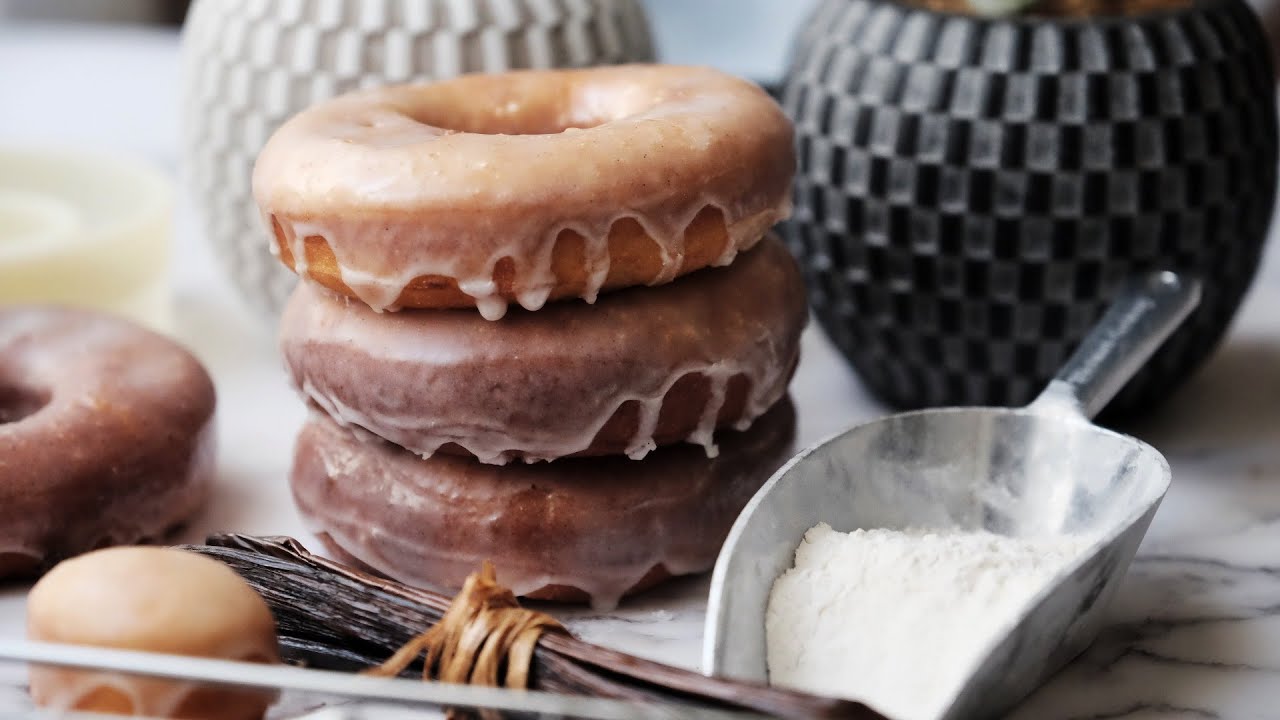

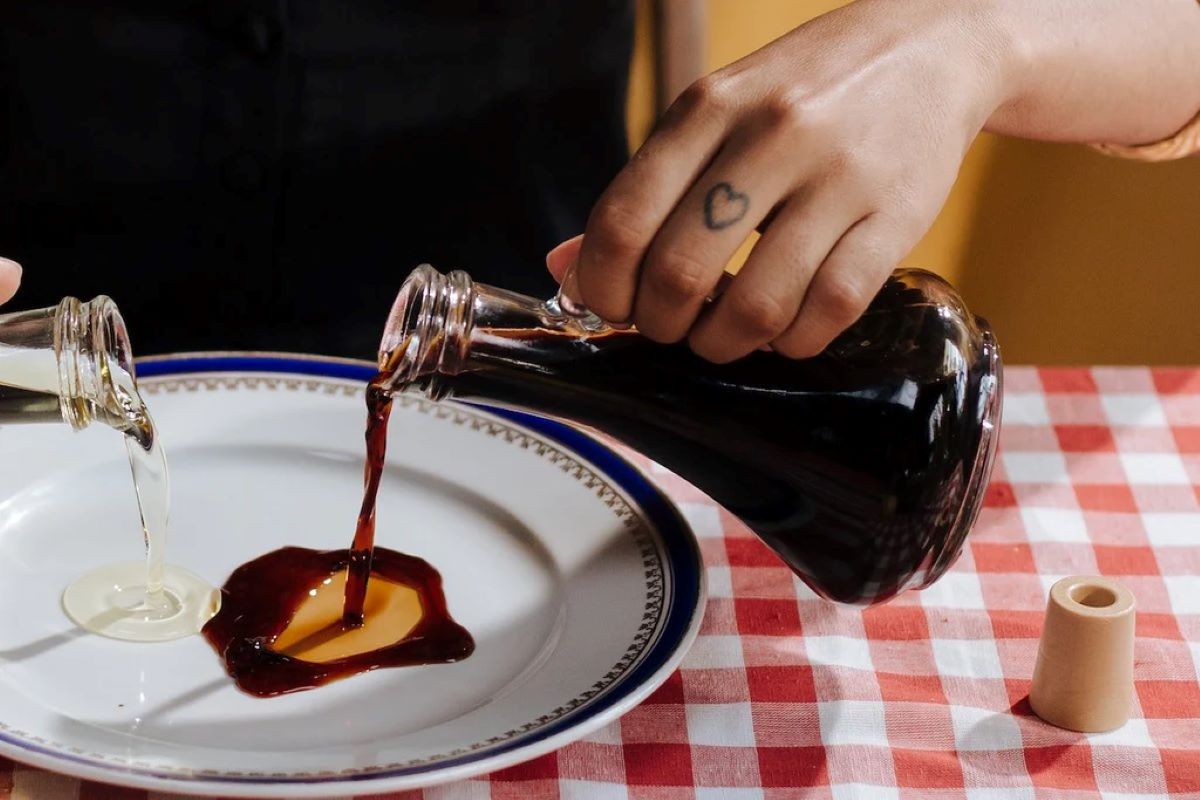

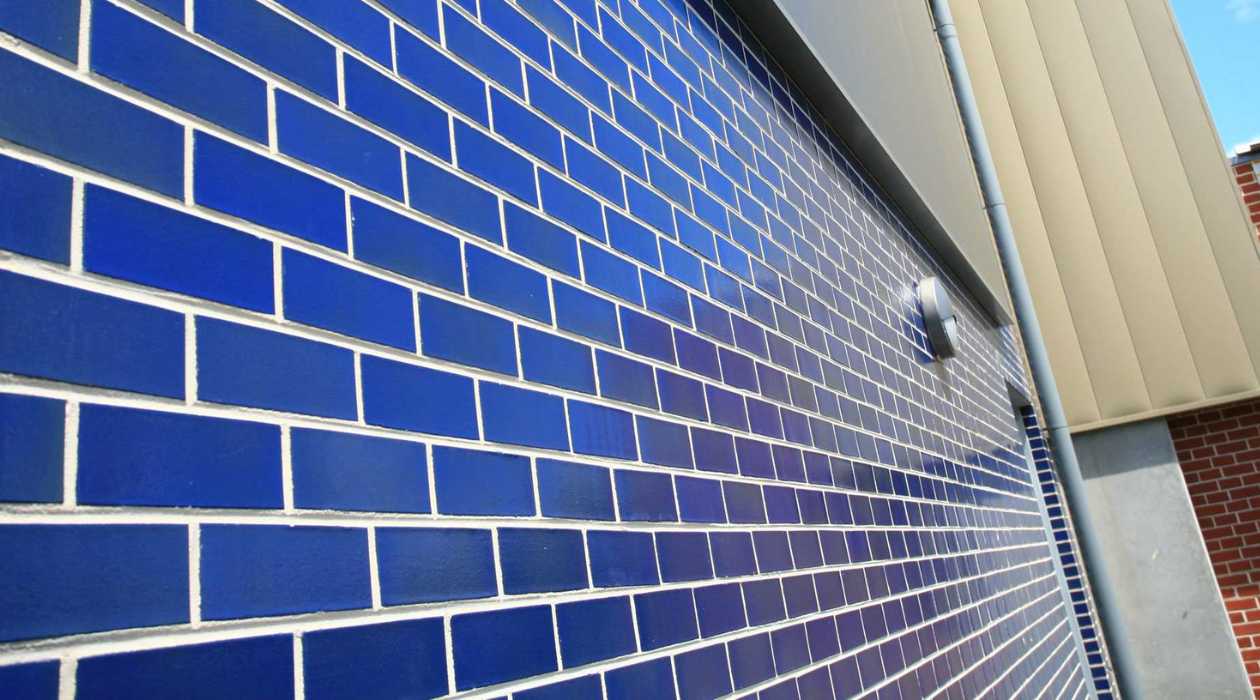

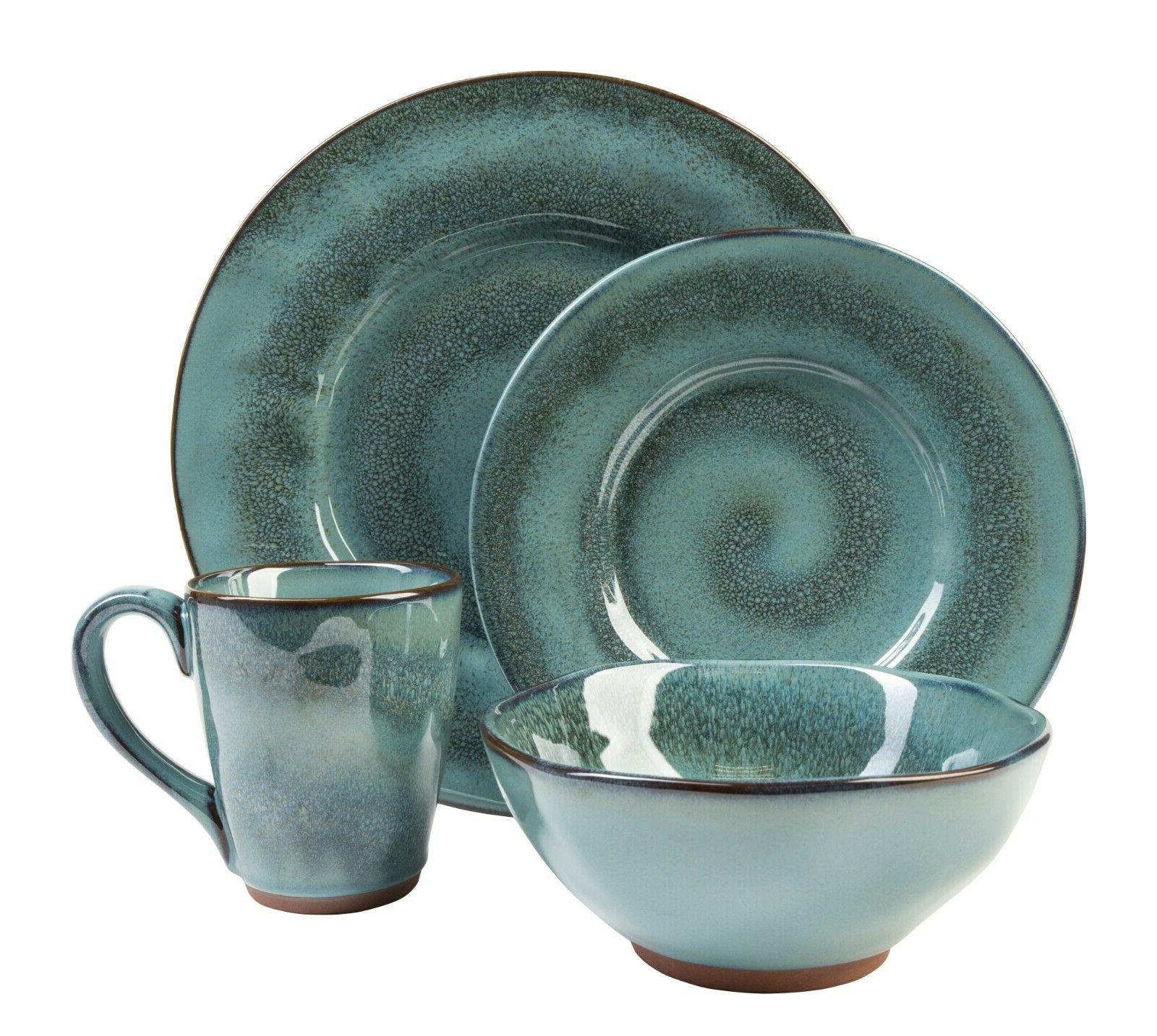

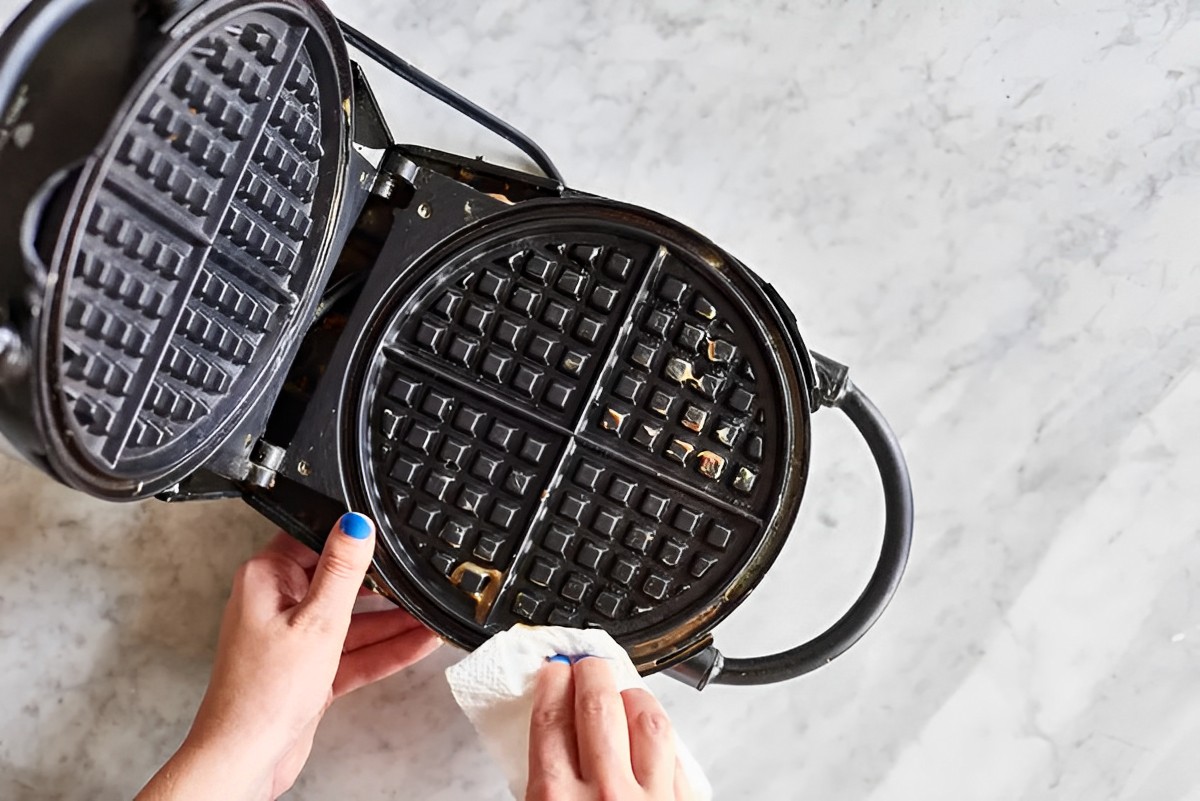





0 thoughts on “How To Store Balsamic Glaze”